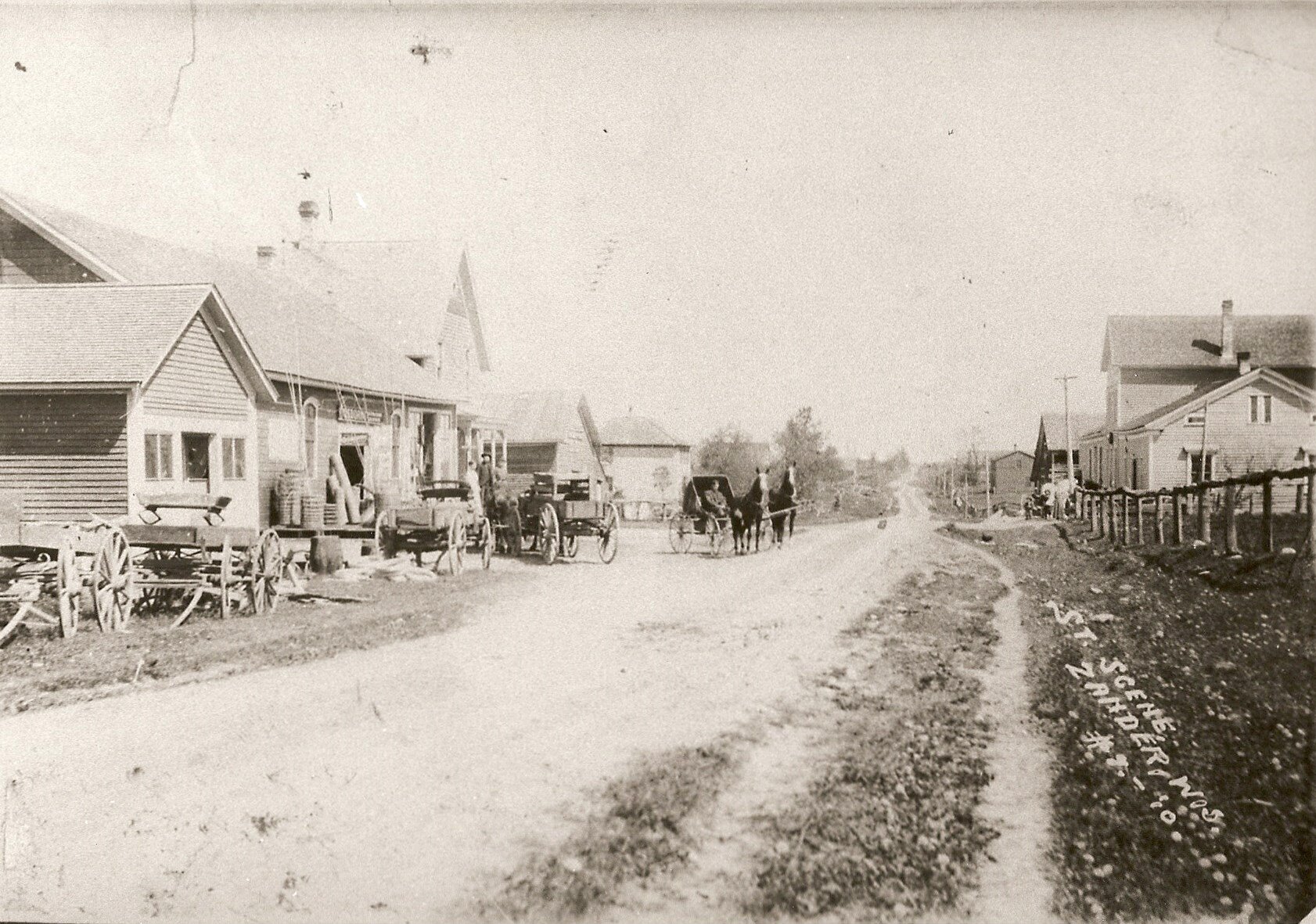Preserving the Past:
Stories from the Archives Blog
The Bedell family's legacy in Manitowoc Rapids
Edwin Bedell left Manitowoc on Thursday, August 19, 1897, on the steamship “J.W. Moore” for Buffalo. He was traveling with 100 others as part of an encampment of the Grand Army of the Republic (G.A.R). As they arrived in Buffalo, Edwin went on an excursion to Niagara Falls on August 21 and by the time he and his acquaintance returned, it was late. Edwin was making his way to his sleeping quarters, missed his footing and fell through the hatchway, and was instantly killed. His body reached Manitowoc the following week and was received by the local G.A.R. post.
Horace M. Walker Post 18, GAR
On April 28, 1881, 22 men signed the charted and were mustered into the Grand Army of the Republic as Post Number 18. That night, James Anderson was elected the post's first commander. They took the name of Capt. Horace M. Walker as their post name.
Charles Rieck: Last Surviving Civil War Veteran in Manitowoc County
When the war ended in 1865, Charles Rieck, who had served nearly three years, received an honorable discharge and returned home. Finding it difficult to settle down to farm life, he went to work in the coal mines of Pennsylvania and the lumber mills at Menominee, Michigan. Upon his return, he worked as a carpenter and cabinet maker.
The Mansion at "Forget-Me-Not Creek"
The Forget-Me-Not creek ran through the Kuehn property. Kuehn’s mother-in-law lived in the home with Kuehn and his wife and bought the forget-me-not seeds from Europe to plant on the banks of the creek. During the Civil War Kuehn invested his own money, along with the banks, in Confederate bonds. This ended tragically for Kuehn, as well as those who placed their faith in his Manitowoc and Two Rivers banks.
Sigel’s Regiment
Company F of the 26th Wisconsin Regiment consisted almost entirely of German-born soldiers from Manitowoc County. They came from towns like Manitowoc, Two Rivers, Gibson Rockland and Maple Grove and had such familiar surnames as Neumann, Kreuger, and Schmidt.
George E. Waldo
As the Manitowoc Herald described the details of Waldo’s funeral, it went on to state what one speaker said: “‘a man hath but a short time to live. He cometh up, and is cut down, like a flower. He fleeth as it were a shadow.’ No truer words were spoken as Manitowoc’s first son was laid to rest.”
The crossroads community of Zander
“On August 10, 1855, I came to Manitowoc County with my parents, John Zander and his wife, my brothers, Helmuth and Fred, and my sisters Marie and Caroline, to the town of Gibson, where another brother, Edward, and William Buelkow had already erected a little log cabin on land taken up for us, the only one north of the Green Bay Railroad. Then life in the wilderness began for us.”
Two Rivers' Civil War Monument
On June 9, 1900, a statue of a soldier standing silently with his gun was placed in the middle of Washington Street in Two Rivers. The day it was positioned there, swarms of people turned out to see it. The complete monument being twenty-one and a half feet high, and the silent metal soldier on top, standing eight feet high, looked southward down Washington Street after being erected.
Edward Salomon, WI Governor
The Salomon brothers, Edward, Frederick, Charles, and Herman, hated slavery and sided with the Union cause at the start of the Civil War. Three Salomon brothers joined the Union army and in 1861 the Republican Party chose Edward as its candidate for lieutenant-governor. He was elected, and when Gov. Louis P. Harvey accidentally drowned in April 1862, he succeeded him as the eighth governor of Wisconsin. At thirty four-years-old, he was the youngest Wisconsin Governor and the first who was not born in the United States.













